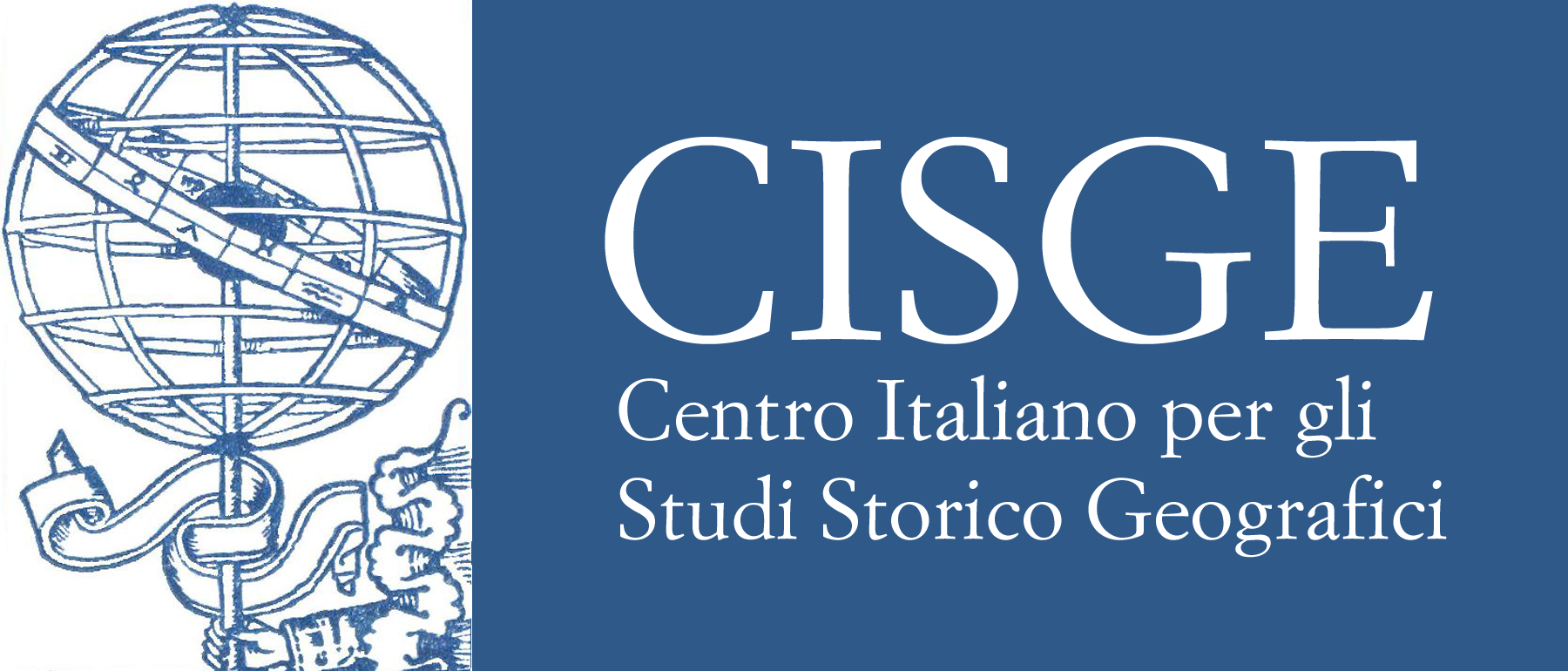Without a Net. The Lack of Coordinates in Novels’ Maps: an Odological Geography from Stevenson (1883) to Tolkien (1937-1955)
Abstract
Sia Stevenson, sia Tolkien disegnarono carte geografiche per scrivere i propri romanzi ed entrambi imposero agli editori di pubblicarle per illustrare ai lettori le vicende narrate. L’esigenza di fornire un supporto cartografico era motivata anche dal fatto che l’azione si svolgeva in luoghi immaginari, che avrebbero potuto confondere il lettore. Entrambi ebbero un notevole successo presso la audience
internazionale e hanno influenzato molti scrittori appartenenti al genere Fantasy. Questo articolo confronta alcuni elementi contenuti in alcuni romanzi di Stevenson e di Tolkien, incominciando proprio dal modus operandi basato sulla loro cartografia. In particolare, si focalizza sulla assenza della rete delle coordinate, che avvicina queste mappe fantastiche alla cartografia medievale di origine odologica, espressa anche attraverso itineraria e portolani. Questo stile cartografico tipicamente preindustriale appare più coinvolgente, a causa dell'appello diretto alla partecipazione del lettore all'esperienza dei personaggi che viaggiano. Altre osservazioni riguardano le scelte relative all’orientamento delle carte, la ripetizione del binomio “carta e chiave”, e l’evidenziazione di spazi “vuoti” volutamente lasciati in bianco sulle carte assieme a luoghi speciali contrassegnati con una “X”.
Both Stevenson and Tolkien drew maps to write their novels and both required publishers to publish them to illustrate the events narrated to readers. The need to provide cartographic support was also motivated as the action took place in imaginary places, which could confuse the reader. Both were very successful with international audiences and influenced many writers in the Fantasy genre. This article compares several elements contained in some of Stevenson’s and Tolkien’s novels, starting with the modus operandi based on their cartography. In particular, it focuses on the absence of the coordinate network, which brings these fantasy maps closer to medieval cartography of odological origin, also expressed through itineraria and portolans. This typically pre-industrial cartographic style appears more engaging because of the direct appeal to the reader’s participation in the experience of the travelling characters. Other observations concern the choices regarding the orientation of the maps, the repetition of the binomial “map and key”, and the highlighting of empty spaces deliberately left blank on maps, together with special places marked with one “X”.



